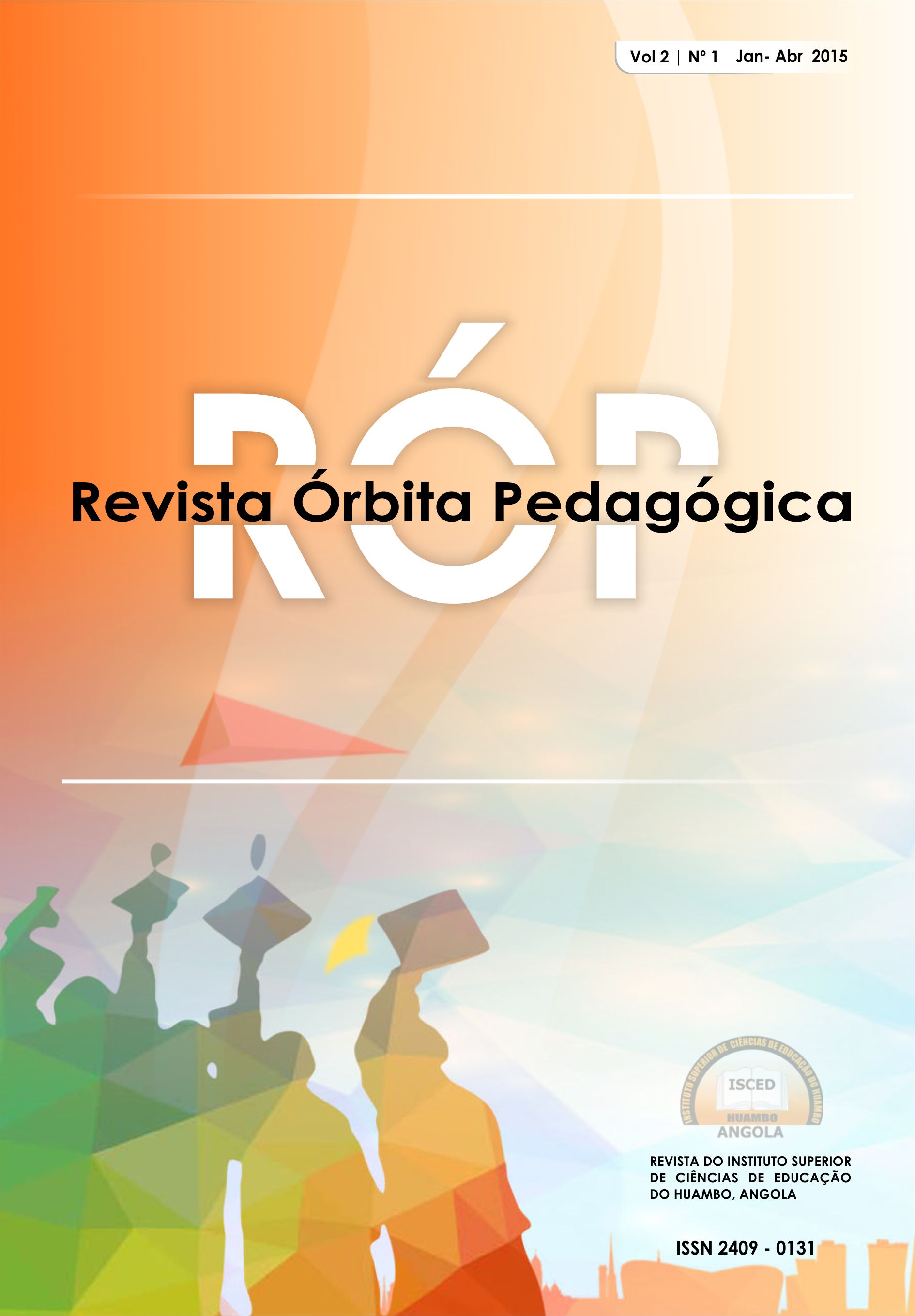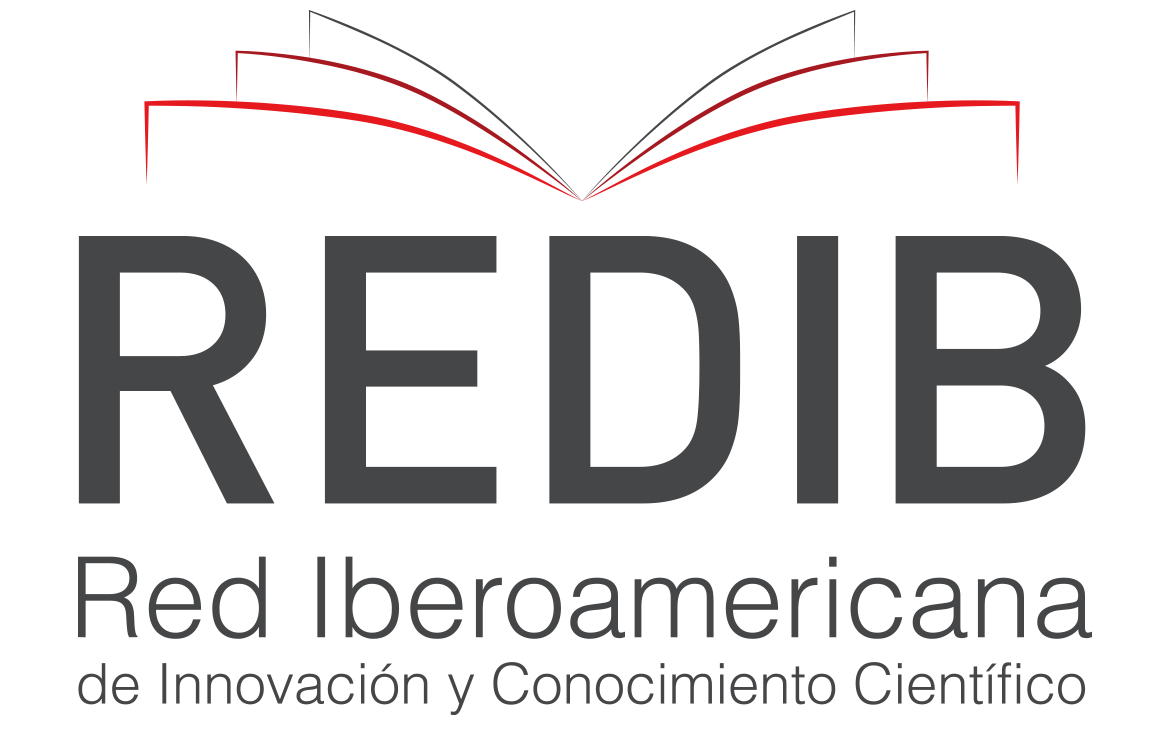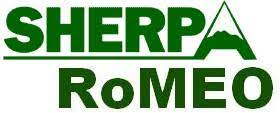CONTINUOUS IMPROVEMENT AND REDESIGN CURRICULUM: SUCCESSION OR COEXISTENCE OF PROCESSES IN TIME?
Keywords:
mejora continua, acreditación, rediseño curricularAbstract
Accreditation, is the social recognition to the quality of the professionals that
form in the institutions of higher education, and part of the organizational
purpose of continuous improvement. This in turn, is based on the strength of
the curriculum to future graduates, extension not spontaneous trigger
college funding environments, the preparation of teachers and the adequate
infrastructure for the development of processes. The harmonic combination
of these elements (human, material, tangible and intangible), open space to
the required relevance.
In Ecuador today occur relevant to the socio-economic and political changes,
the country is improving the substantive functions of the institutions of
higher education, fluency to deliver the social project that is built,
professional, competent, able to influence their intervention and
specialisation, in the elevation of the national results in all areas and sectors.
To do this, work with priority strategic guidelines have been mapped in the
different professions studied, and external evaluations for accreditation of
careers curricular redesign. In this sense, temporarily coincide both
processes, and in different scenarios, the question about which of the two
preceding another, becomes frequent.
This article offers a theoretical reflection on the necessary succession and
coexistence of the curriculum redesign and continuous improvement as
interacting sub-processes, contained in a process of conscious nature,
holistic, complex and dialectic: training professionals.
References
Aguilar-Morales, J.E. (2010) La mejora continua. Network de Psicología Organizacional. México: Asociación Oaxaqueña de Psicología A.C.,
Consultado en 30 de julio 2014 en http:/, /www.conductitlan.net/psicologia_organizacional/la_mejora_continua.pdf
Anónimo (2005). Análisis del diseño y rediseño curricular de la Universidad del Valle de Puebla. Consultado el 5 de julio de 2014 en
http://intranet.uvp.edu.mx/aspaa/Portal/reglamentospdf/procedimientos/Dis enoRedisenoCurricular.pdf
Arizmendy, G.(1996). Reestructuración curricular para la Ingeniería del Siglo XXI. Seminario Internacional: Filosofía de la Educación Superior. Transformación de la Universidad del Siglo XXI. Colombia. Consultado el 30 de julio de 2014 en http://huitoto.udea.edu.co/vicedoce/comites/rediseno_curricular/documento s/semi_10.html
Dieter, N. Método Comparativo. Consultado en http://www.rzuser.uniheidelberg. de/~k95/es/doc/diccionario_metodo-comparativo.pdf
Ecuador. Centro de Evaluación, Acreditación y Aseguramiento de la Calidad de la Educación Superior (2014). Reglamento de evaluación, acreditación y categorización de carreras en las Instituciones de Educación Superior. Quito.Consultada el 15 de julio de 2014 en http://www.ceaaces.gob.ec/sitio/ Fisch Stoner, J.A. y col. (1996). Administración. Consultado el 27 de julio de
en http://books.google.com.ec/books?id=g_nweMjueSkC&sitesec=buy&source= gbs_atb Fuentes, H.C. (2009). Pedagogía y Didáctica de la Educación Superior. Consultado en http://www.utelvt.edu.ec/DOCTORADOPHD/TEXTOS
González, C. (2010). Calidad total. Consultado el 30 de julio de 2014 en http://www.monografias.com/trabajos11/conge/conge.shtmlIndice Larrea, E. (2014) El currículo de la Educación Superior desde la complejidad sistémica. Guayaquil.
Pansza, M. (1988). Didáctica crítica. Cero en conducta. 3, 13 – 14.
Red Iberoamericana de Evaluación y Acreditación de la Educación Superior (2004). Glosario Internacional RIACES de Evaluación de la Calidad y Acreditación. Revista Iberoamericana de Educación. 35. Consultada el 4 de julio de 2014 en http://www.rieoei.org/rie35a04.htm
Ruiz, D. y col. (2014). La gestión por procesos, su surgimiento y aspectos teóricos. Ciencias Holguín. 1/2014. Consultada el 2 de agosto de 2014 en , http://www.ciencias.holguin.cu/index.php/cienciasholguin/article/view/819/8
ISSN VOLUMEN 20 Suiza, Organización Internacional de Normalización (2005). Norma Internacional ISO 9000. Ginebra: Secretaría Central de ISO. Taba, H. (1962). Desarrollo curricular: Teoría y práctica. International Thomson Publishing.
Taba, H. (1993) Elaboración del Currículum, Buenos Aires, Argentina: Troquel.
Downloads
Published
How to Cite
Issue
Section
License
Copyright (c) 2022 Robert Alfredo Pilozo Cedeño, Rafael Tejeda Díaz, Daysi Ruiz Fuentes

This work is licensed under a Creative Commons Attribution-NonCommercial-ShareAlike 4.0 International License.

















